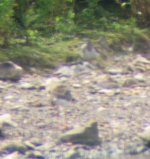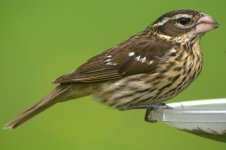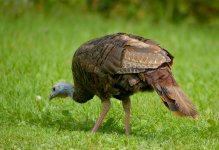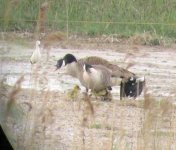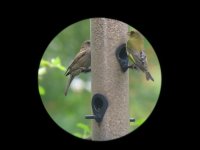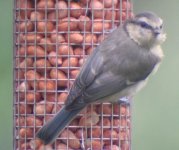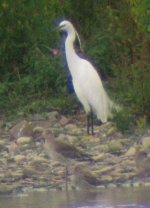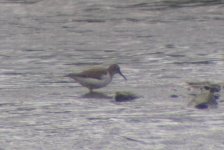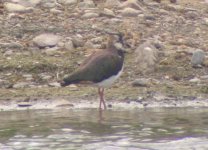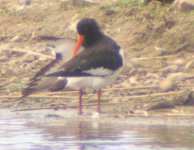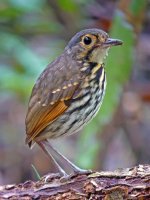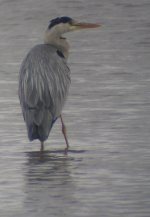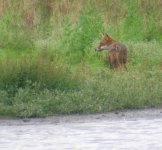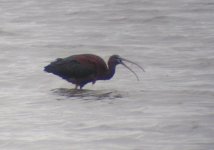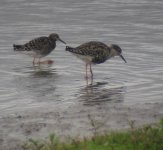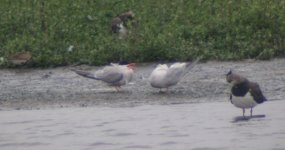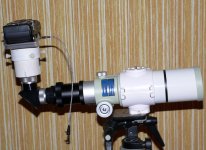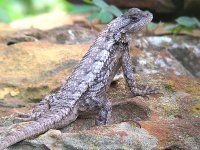bartolli
Well-known member
For several months now I have been playing with the various settings on my canon a510 and generally failing quite miserably when it comes to focussing thro my bresser scope.
I use a swingout adapter, scope at min zoom (20x) and just enough camera zoom to get rid of vignetting. I locate the target, focus the scope and swing the camera back to take pics with a cable release.
I generally shoot at ISO 400, but use 200 if light permits. Usually I have the camera in aperture priority mode and use centre spot exposure (although I have also played witrh centre-weighted).
For focussing I originally used the option where the camera picks one of nine central squares, but then changed to spot focus in the central square, yesterday I tried the 9 square option again. (There is probably a technical term for this!)
I have tried the above with the camera in macro and landscape modes, I have tried manual focus with the setting at infinity.
I have also tried manual focus, but find it virtually impossible to tell from the LCD screen whether the focus is ok.
I have tried pushing the release half-way and then refocussing the scope but again this relies on the LCD screen to see if the pic is in focus.
Occassionally, using any of the above settings, I get one or two shots which are in reasonable focus. None of the above settings seem to have any better success rate than the others.
The only way I have found to improve the situation is to have no zoom at all on the camera. The photos are then quite well focussed but I obviously end up with BIG vignetting. I can crop/resize these but with 3.2mp this is a bit limited.
So, what am I doing wrong with the focussing? Any suggestions whatsoever greatly appreciated as I am getting a bit frustrated, especially when I see all the beautiful photos on this site!! Note that I don't really expect to take awesome photos, I just want some that are reasonably well focussed!
Thanks for reading this far!
The attached pic has just been cropped to get the size within limits.
I use a swingout adapter, scope at min zoom (20x) and just enough camera zoom to get rid of vignetting. I locate the target, focus the scope and swing the camera back to take pics with a cable release.
I generally shoot at ISO 400, but use 200 if light permits. Usually I have the camera in aperture priority mode and use centre spot exposure (although I have also played witrh centre-weighted).
For focussing I originally used the option where the camera picks one of nine central squares, but then changed to spot focus in the central square, yesterday I tried the 9 square option again. (There is probably a technical term for this!)
I have tried the above with the camera in macro and landscape modes, I have tried manual focus with the setting at infinity.
I have also tried manual focus, but find it virtually impossible to tell from the LCD screen whether the focus is ok.
I have tried pushing the release half-way and then refocussing the scope but again this relies on the LCD screen to see if the pic is in focus.
Occassionally, using any of the above settings, I get one or two shots which are in reasonable focus. None of the above settings seem to have any better success rate than the others.
The only way I have found to improve the situation is to have no zoom at all on the camera. The photos are then quite well focussed but I obviously end up with BIG vignetting. I can crop/resize these but with 3.2mp this is a bit limited.
So, what am I doing wrong with the focussing? Any suggestions whatsoever greatly appreciated as I am getting a bit frustrated, especially when I see all the beautiful photos on this site!! Note that I don't really expect to take awesome photos, I just want some that are reasonably well focussed!
Thanks for reading this far!
The attached pic has just been cropped to get the size within limits.




